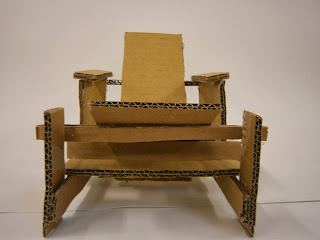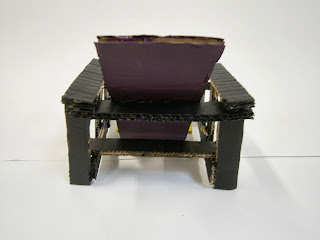MICHEAL CRAIG MARTIN
Michael Craig Martin was born in Dublin in 1941 and educated in the United States where he studied at Yale University. He returned to Europe in the mid-1960s and was a key figure in the first generation of British conceptual artists. As a tutor at Goldsmith's College from 1974-1988 and 1994-2000 he had a significant influence on two generations of young British artists.
Throughout his career Craig Martin has explored the aesthetic and linguistic character of everyday designer and iconic ‘art-historical' objects which he has realised through a variety of media including paintings, sculpture, prints and, most recently, computer animations.
Craig-Martin studied in the Lycée Français in Bogota Colombia where his father had employment for a while. Drawing classes in the Lycee by an artist, Antonio Roda gave him a wider perspective on art. His parents had no inclinations towards art, although they did have on display in their home Picasso greedy child. Back in Washington, he attended drawing classes given there by artists, then in 1959 attended Fordham University in New York for English Literature and History while also starting to paint.
Craig Martin's work is in many public collections, including the Museum of Modern Art, New York, Tate Gallery, London, and the Centre Pompidou, Paris. He has had solo exhibitions at institutions across the world including Kunsthaus Bregenz, Austria 2006 and most recently Krefeld Museum, Germany 2013.
Quotation
''The thing that has had the greatest impact on my work has been the computer - I got my first Mac in the early 90s for word processing. Using the cut and paste tool was a dream for me''
''Ironically, the paintings I do are extremely hand-crafted. I do certain things with digital printing, but the kind of quality you get from painting I really like''
Craig-Martin’s most famous work is An Oak Tree, which is now regarded as an iconic piece of conceptual artwork. Created in 1973 it comprises a tumbler of water placed on a glass shelf accompanied by an explanatory text. However, Craig-Martin insists that the piece is in fact an oak tree.
Inhale Yellow 2002
This is a painting done in my 2D sketch book of Inhale yellow, I used Acrylic paint and paint brushes. I really love micheal craig martin work I think its very interesting and unique he also uses bold colours which people call nursery colours I also love the compostion he makes.


















